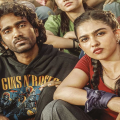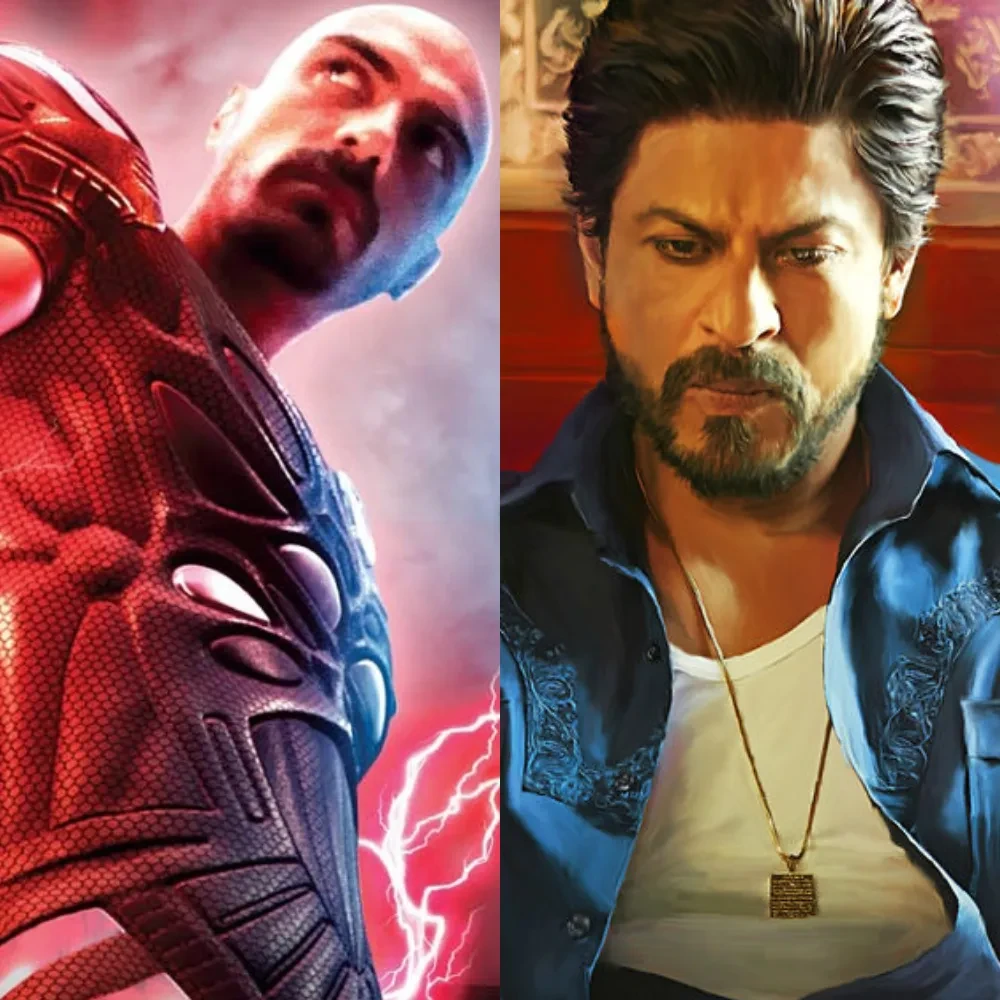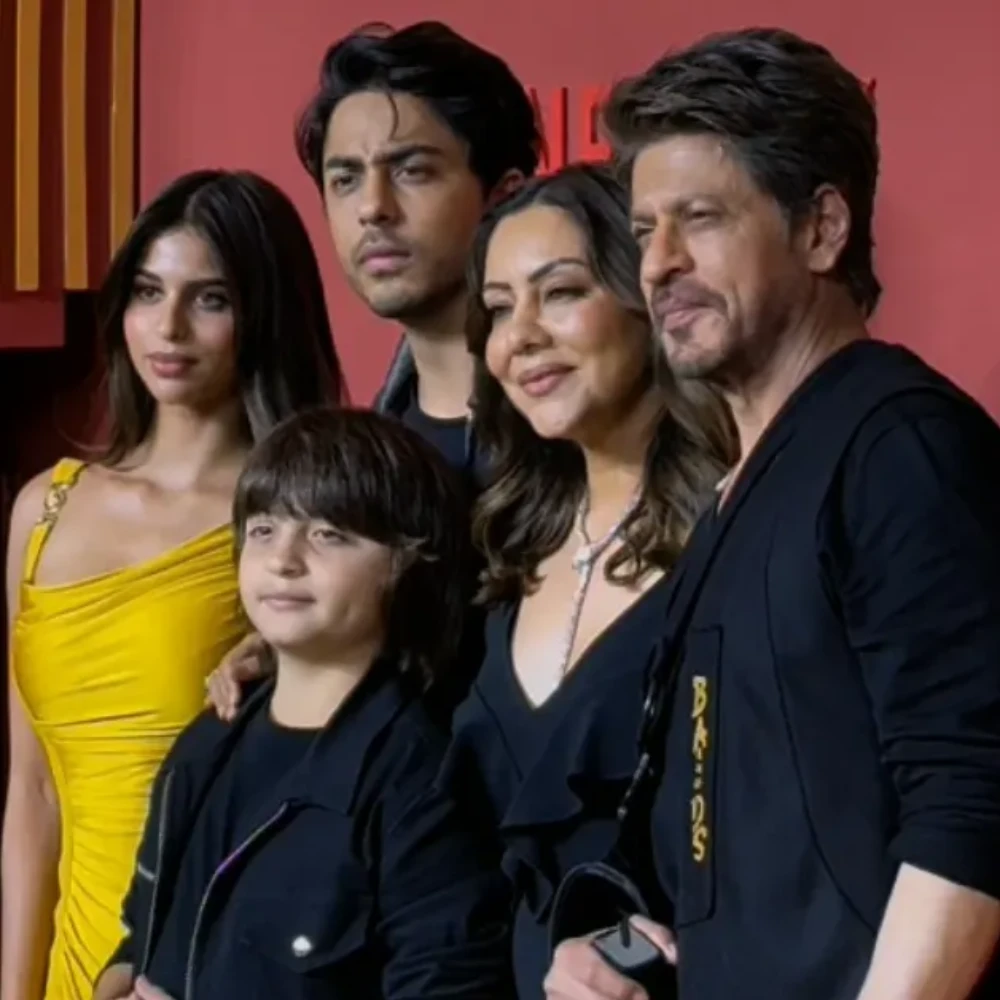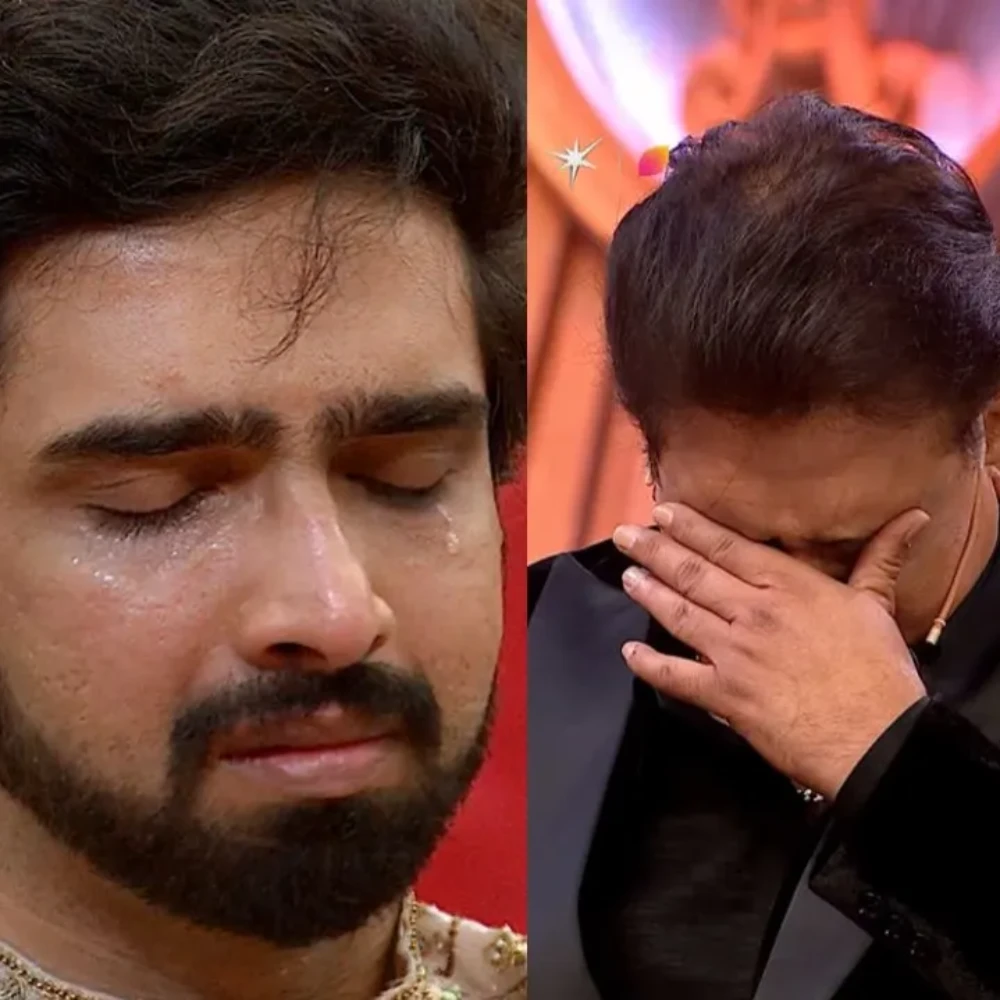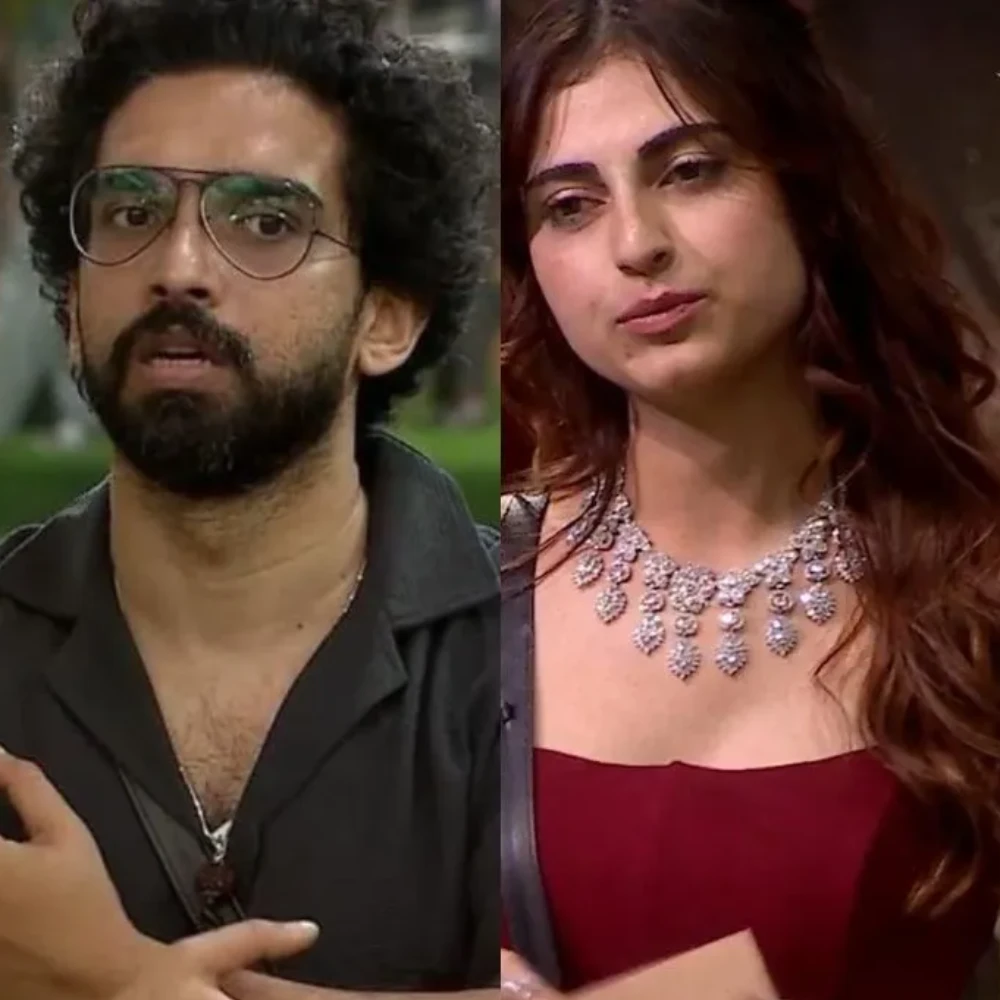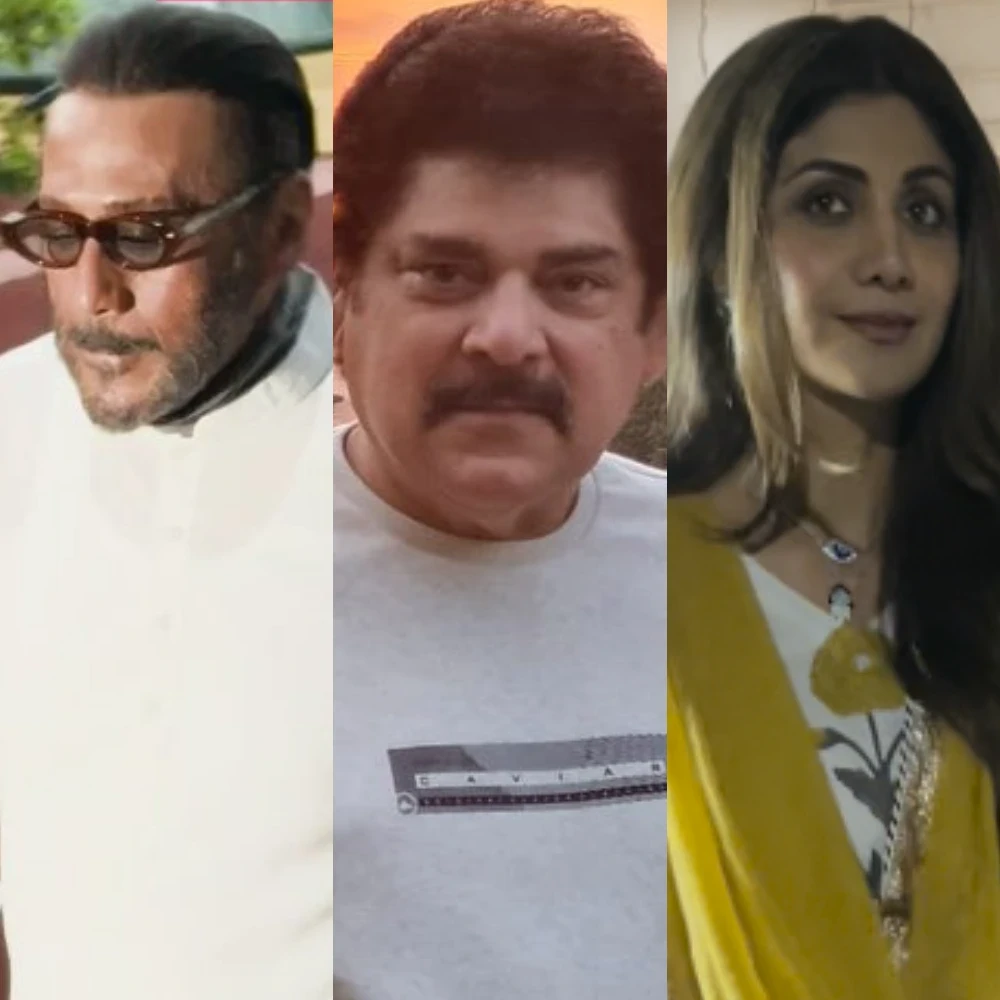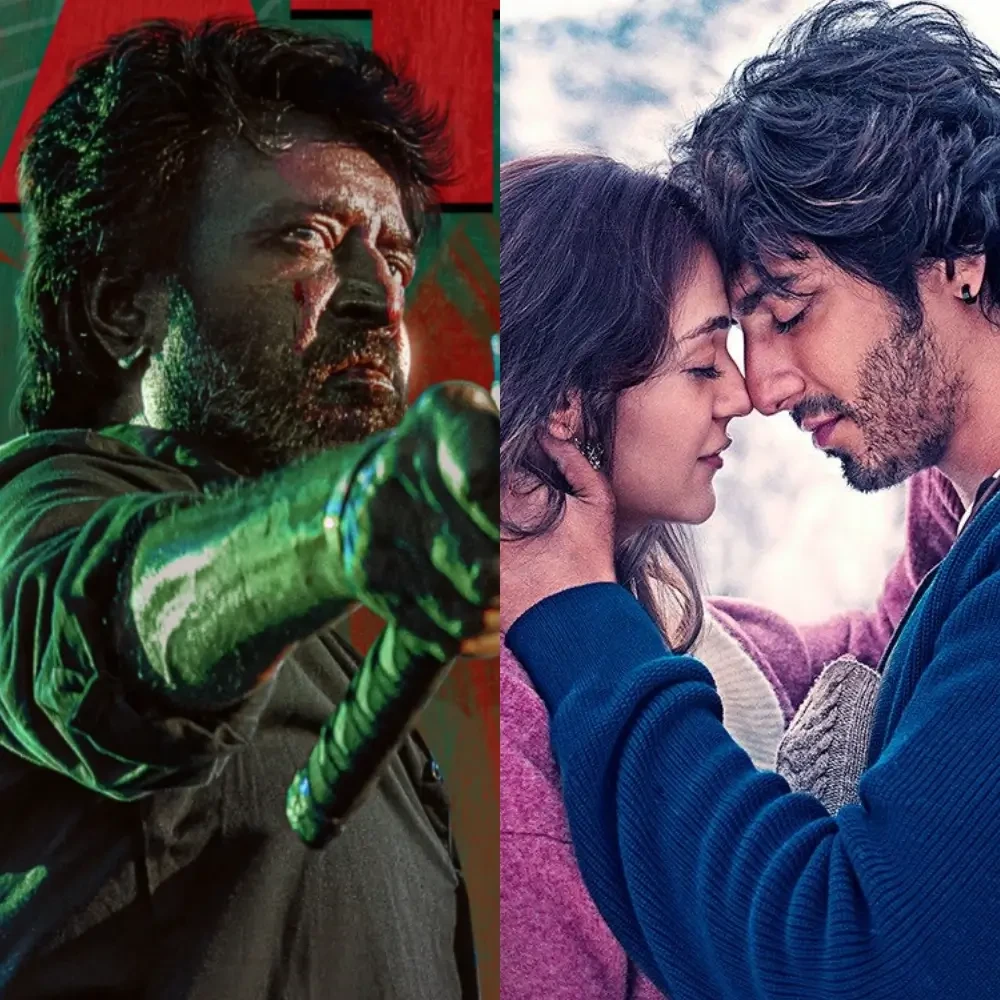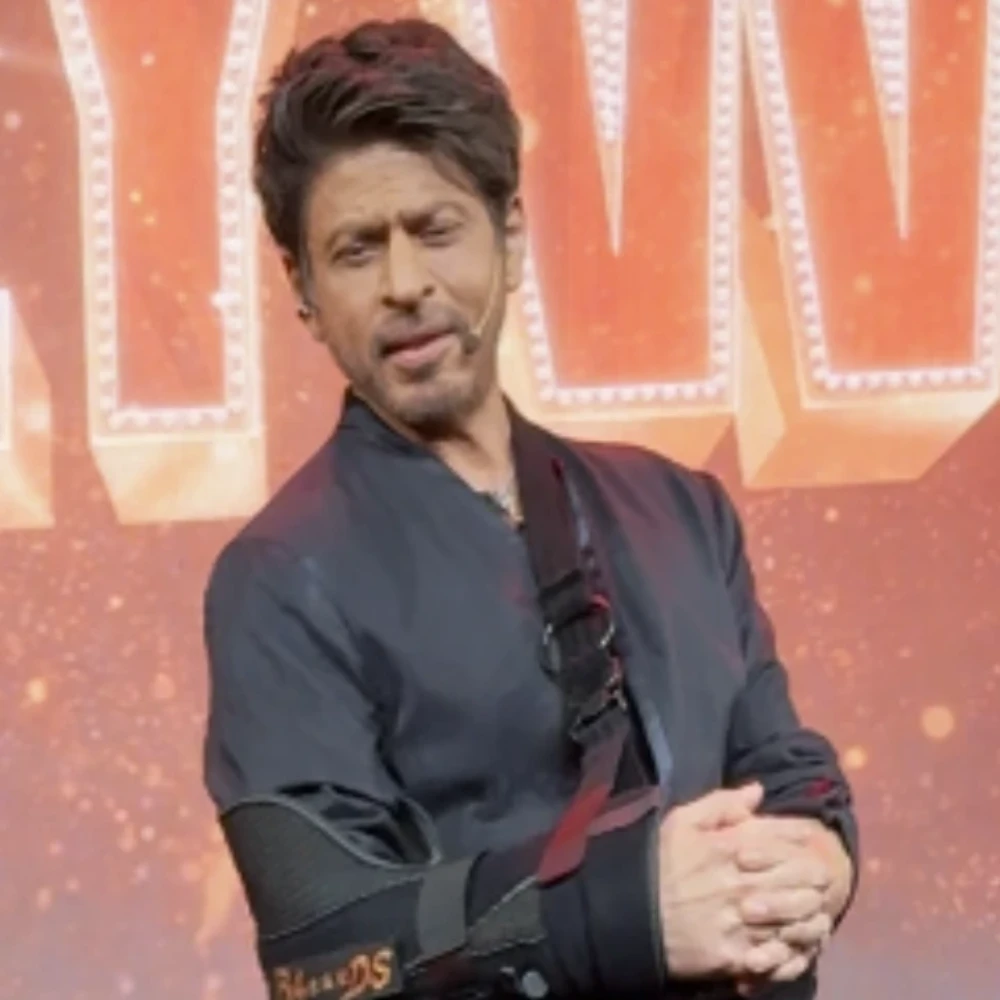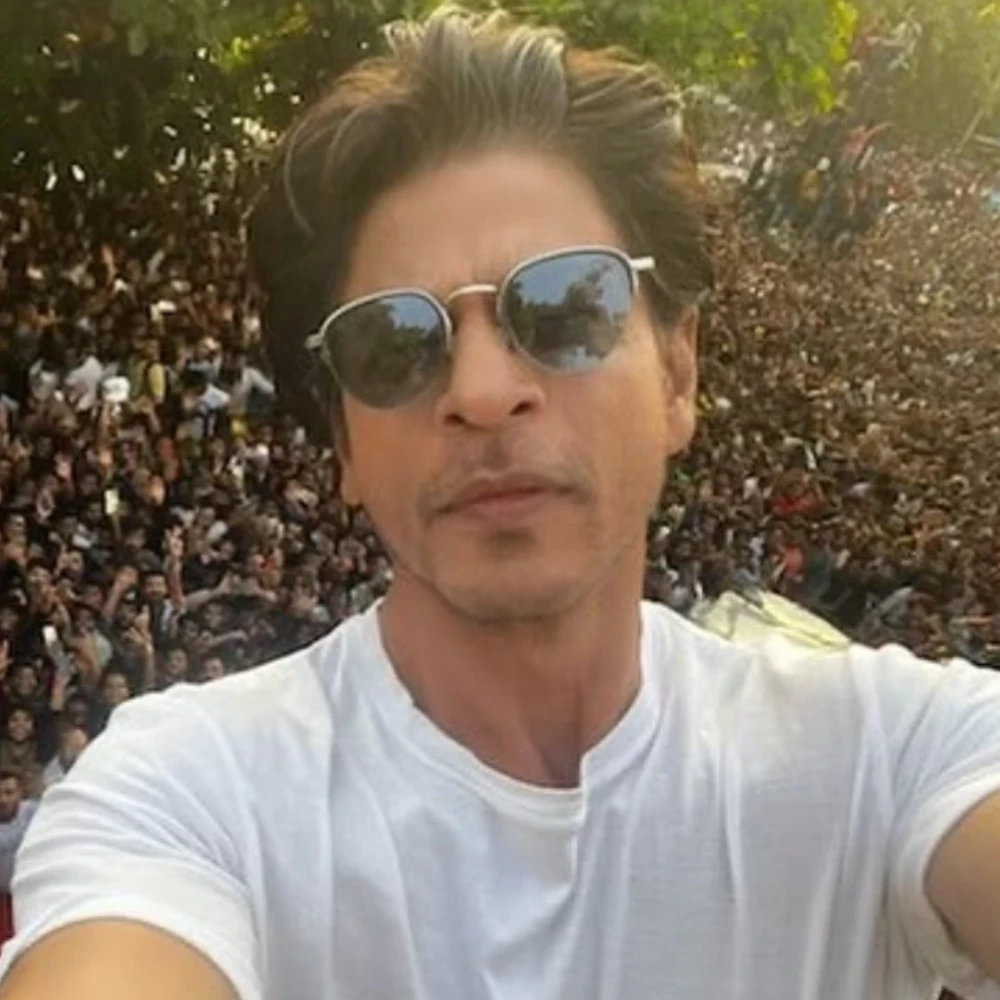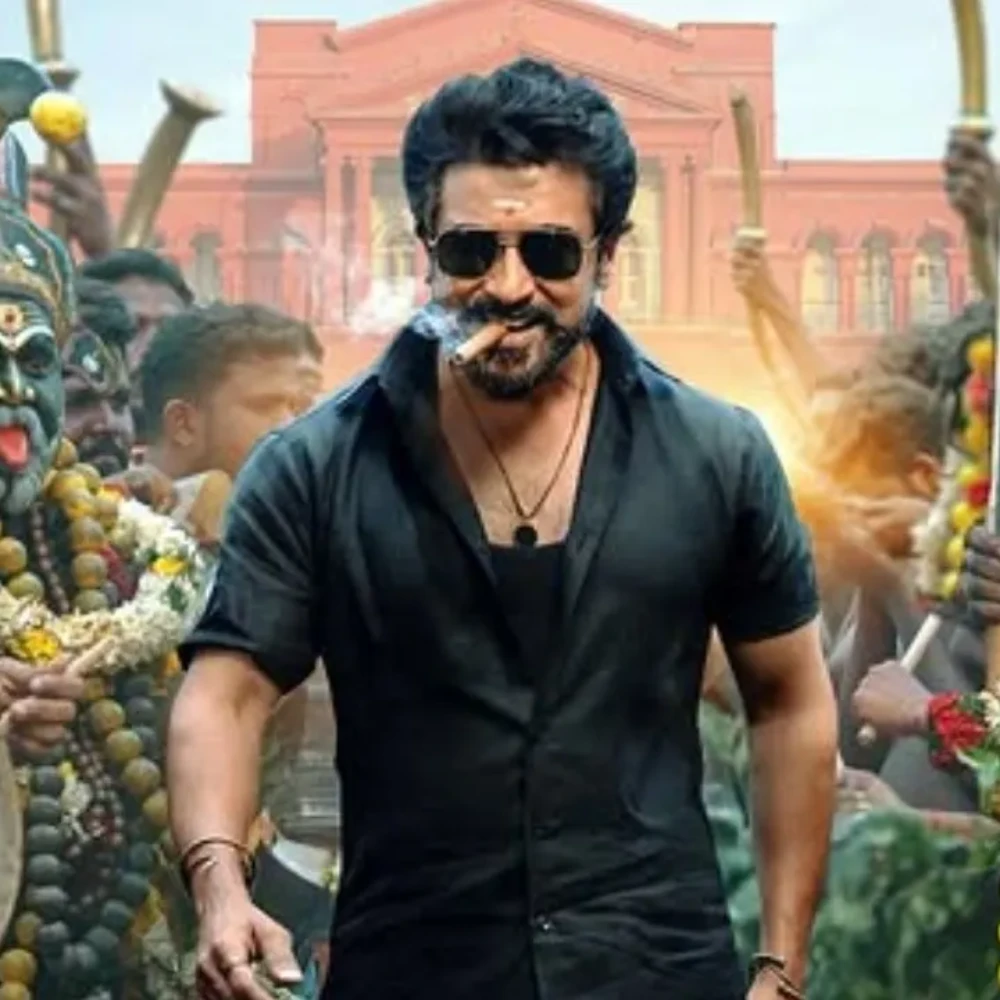Opinion: Why are we obsessed with remakes? Exploring the trend of nostalgia-driven content in TV shows, and its impact on audience
Let’s discuss how our obsession with nostalgia affects TV content while also raising questions about creativity and originality. Read on!
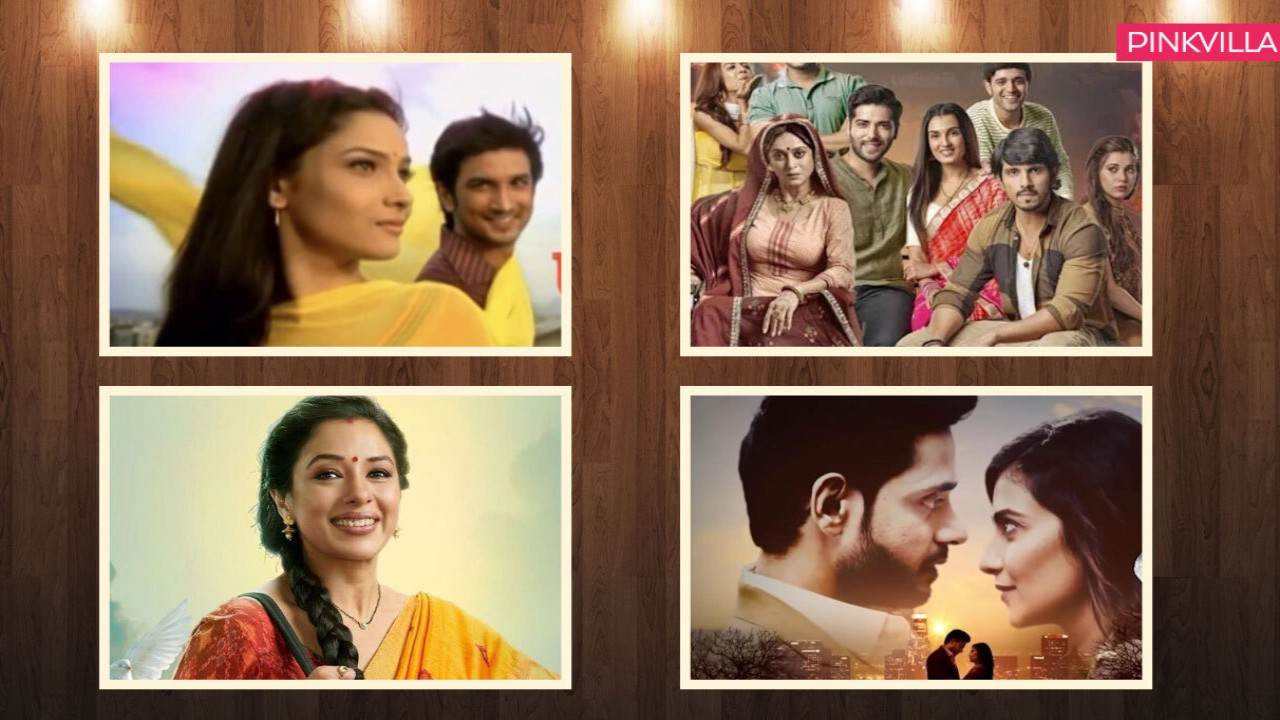
Dill Mill Gayye, Sarabhai vs Sarabhai, Shararat, Khichdi, Ramayan, Kasautii Zindagi Ki the list could go on and on. Remake after remake, sequel after sequel whether it’s movies, TV shows or reality shows.
As kids, many of us spent hours watching these TV shows. Now, as adults, the nostalgia they bring makes them feel like a comforting slice of home. Watching the original Khichdi is like being transported back to your childhood, curled up on the couch.
However, that doesn't mean there should be countless remakes of childhood classics. The film industry wants to keep these stories alive for new generations while also making money with old ideas.
The comfort of nostalgia: A trip down memory lane
Nostalgia helps increase engagement with content because we find comfort in familiarity. The pandemic brought uncertainty to people from all walks of life. In such times, finding comfort in familiar things can bring hope and positivity.
Reruns of Ramayan and Mahabharat, along with shows like Panchayat, Gullak, and The Aam Aadmi Family, brought positivity and served as a comforting distraction, reminding viewers of simpler and happier times.
Each generation faces challenges as new ones emerge. Engaging with popular culture is how generations express their relevance. For instance, excitement around films like Sunny Deol’s film Gadar 2 or Shah Rukh Khan’s movie Pathaan reflects this connection to nostalgia.
Sometimes, these moments unite different age groups, or they bridge generational gaps. During social distancing, iconic Ramayan re-runs provided a sense of belonging, bringing people of all ages together.
Social Media’s impact on TV shows and films
Media and popular culture play a vital role. Movies, music, literature, and other media often use nostalgic themes to resonate with audiences and tap into shared cultural feelings.
Social media helps strengthen connections by providing shared references. Communities or generations may bond over a mutual appreciation for cultural artifacts, music, fashion, or other elements from a specific time period.
Memes also showcase this, using content from older media to create innovative and humorous interpretations, celebrating the past while fostering community and sharing. This nostalgic appeal can also be a powerful tool in marketing new content, leveraging older material to generate interest through fresh perspectives.
For example, Shark Tank India gained attention on social media during its first season as people created memes and humorous content about the show. This popularity prompted the makers to produce more seasons.
Every company prefers remakes because they can use existing material, especially from popular daily soap operas, which are easier and cheaper to produce for channels across India.
Some series borrows the main idea from the original but take a different path early on, allowing makers more creative freedom. For example, the hit TV show, Anupamaa is based on a Bengali show, Sreemoyee, where the main character is a singer. In the show set in Gujarat, however, the lead actress is portrayed as a dancer instead.
Other shows like Pandya Store is a remake of the Tamil series Pandian Stores, Katha Ankahee is a remake of a Turkish show and popular show Pavitra Rishta is also a remake of Tamil TV series Thirumathi Selvam.
Other examples include films currently in production such as Bhool Bhulaiyaa 3, Hera Pheri, Stree 3, and more.
Challenges and critiques: The pitfalls of recreating the magic
It's clear that the entertainment industry is struggling to come up with fresh ideas. It's a common observation that they tend to rely on existing concepts. So, it's not shocking that a new series called Yeh Hai Chahatein, a spin-off of Yeh Hai Mohabbatein, is in the works. Additionally, popular reality shows like Shark Tank India, India’s Got Talent, and Dance India Dance are all adaptations of foreign formats.
Interestingly, makers are also putting spin-offs and reboots of TV shows directly on the web. We've already seen Sarabhai Vs Sarabhai redux and a spin-off of Iss Pyaar Ko Kya Naam Doon online. Shows like Ishq Subhanallah, Guddan Tumse Na Ho Payegaa, and Jamai Raja will have new versions exclusively online too.
If a film stars popular actors but is a remake of a well-known original, it often struggles to attract viewers. For example, Shehzada, starring Kartik Aaryan in a role originally played by Allu Arjun in Ala Vaikunthapurramuloo, faced comparisons on social media.
Despite Kartik Aaryan's efforts, Arjun's performance in the original was widely praised. This pattern has been common in Bollywood lately, with remakes generally failing to replicate their originals' success, except for Abhishek Pathak's hit film Drishyam 2, based on the Malayalam film from 2021.
The endless cycle of remakes: Nostalgia vs. Originality
Nostalgia is gaining popularity with audiences, whether through direct content or the simplicity of its setting, like in Panchayat or sequels set in less complicated times. This appeal is due to its positivity and ability to make strong emotional connections.
Remakes often improve on the original shows, especially in Indian serials where episodes are rated weekly. Due to filming delays and last-minute changes to boost ratings, the storylines can become chaotic. Remaking the original allows makers to keep successful elements and fix any issues that caused ratings to drop. Of course, that doesn't guarantee that the changes will always succeed, or that the creators won't face challenges driven by ratings.





 JOIN OUR WHATSAPP CHANNEL
JOIN OUR WHATSAPP CHANNEL







